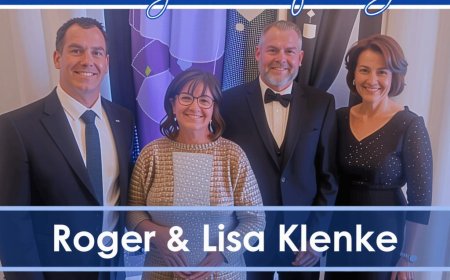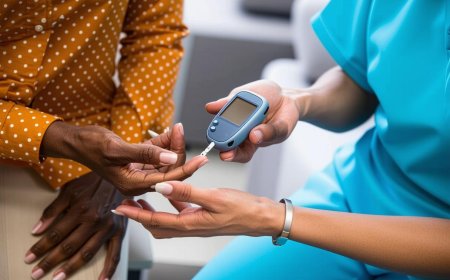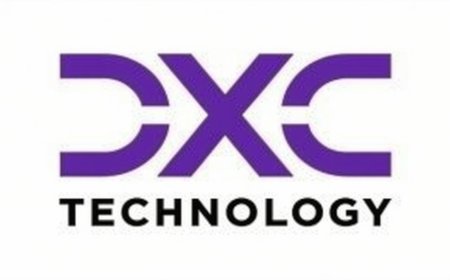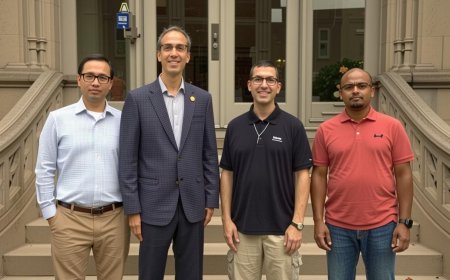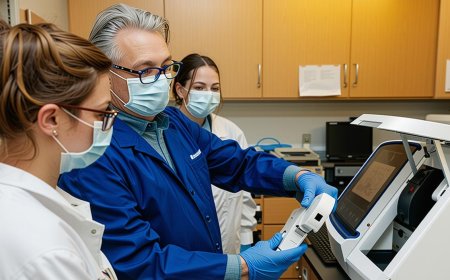Unveiling Innovation: How Horphag Research Fuels Growth Through Science | PRIMENEWSNOW

CEO Victor Ferrari emphasizes that the cornerstone of their success is scientific research, a field where the company has made substantial investments over the last four decades. Horphag Research exemplifies how dedication to clinical trials can enhance sales and strengthen brand reputation.
NutraIngredients had the opportunity to explore Horphag’s science-focused business model and the production of Pycnogenol during a visit to their facility in the Gascony region of Southwest France. This visit provided unique insights into the company’s origins and future plans.
Horphag’s Journey Through Time
Founded in the 1920s as HormoPharma Ltd, Horphag Research initially introduced a dietary supplement called Okasa. Marketed as a ‘tonic-restorative’ of the era, these tablets were coated in silver and gold and contained essential vitamins and minerals like calcium, iron, and phosphorus.
Post-World War II, the demand for vitamin and mineral supplements surged, and Horphag capitalized on this trend. However, it wasn’t until the 1970s that Haimoff began investigating the benefits of French maritime pine bark.
Inspired by the story of Jacques Cartier, whose crew overcame scurvy with a pine needle and bark tea, Haimoff saw potential in utilizing a by-product of the Gascony timber industry.
His research revealed that French maritime pine bark was rich in procyanidins, bioflavonoids, and phenolic acids, all known for their health benefits.
By 1987, Pycnogenol was introduced to the European market as a dietary supplement, expanding to the U.S. by 1991.
“We started small, but gained momentum in America around 1994 with the DSHEA implementation,” Ferrari shared with NutraIngredients.
As Pycnogenol’s popularity grew, Haimoff focused on scaling production. The abundant pine bark from Southwest France’s timber industry facilitated this expansion.
Utilizing leftover bark from lumber production, the company transported it to the nearby BioLandes factory for extraction, ensuring each batch met strict quality standards.
Remarkably, no batch has failed in 30 years, thanks to an automated production process and the stable supply of pine bark, unaffected by seasonal changes, as noted by Phillipe Coutiere, CEO of BioLandes SAS.
Sustainability remains a priority, with Horphag repurposing unused pine bark for compost and energy production.
Pycnogenol: A Versatile Product
Pycnogenol is also available as an over-the-counter (OTC) medication, first launched in Switzerland in 1991 for venous insufficiency. It remains registered as an OTC in several countries, including Switzerland, Brazil, and Chile.
Commitment to Research
In the early 2000s, after Haimoff’s passing, Ferrari, as the new CEO, saw potential in exploring Pycnogenol’s broader health benefits.
Initially, research focused on vascular health due to Pycnogenol’s ability to enhance nitric oxide production, aiding blood vessel relaxation and improving circulation.
Following the European Food Supplements Directive in 2002 and the DSHEA in 1994, Horphag expanded its research to cover a wider range of health conditions.
Today, Pycnogenol is featured in over 60 clinical trials, with more than 450 studies and reviews published on PubMed. This extensive research has uncovered benefits for immune, nervous, reproductive, digestive, muscular, and skeletal health.
“Pycnogenol has four key properties,” explained Sebastien Bornet, VP of global sales and marketing at Horphag. “It’s a potent antioxidant, a natural anti-inflammatory, aids blood circulation, and binds to collagen and elastin, enhancing the body’s hyaluronic acid production.”
These properties interact with major body functions, supporting respiratory, cardiovascular, and muscular health, contributing to its wide-ranging benefits.
Horphag’s investment in research has paralleled sales growth, with Ferrari noting a linear relationship between published studies and sales increases.
“Research drives opportunities and sales,” he said. “We’ve seen a steady 5% to 10% annual growth since we began selling this product.”
Overcoming Challenges
Despite successes, the journey hasn’t been without obstacles. Ferrari highlighted regulatory challenges and counterfeit products as significant issues.
“The regulatory landscape is constantly evolving,” he said. “We adapt, but unexpected changes can be challenging.”
This complexity is heightened in a global market with varying regulations, labeling, and health claim laws across regions.
For instance, Korea’s MFDS has approved three health claims for Pycnogenol, while Europe and the U.S. have not.
“European health claim regulations need a different approach,” Ferrari argued. “Quality and safety should precede research review.”
Ferrari also mentioned the effort and resources spent on legal actions against trademark infringements.
“Some companies misuse our research and brand,” he said. “This strains us and needs industry attention. Scientific research investments shouldn’t be exploited.”
Future Prospects
Horphag Research remains committed to growth, with plans for new research and product development.
Ferrari envisions expanding their product line, potentially through acquisitions, adding new ingredients alongside Pycnogenol, Robuvit, and Centellicum.
“As we celebrate 100 years, we aim for another century of innovation,” Ferrari said. “Though I won’t be here, our philosophy of curiosity and innovation will endure.”
What's Your Reaction?
 Like
0
Like
0
 Dislike
0
Dislike
0
 Love
0
Love
0
 Funny
0
Funny
0
 Angry
0
Angry
0
 Sad
0
Sad
0
 Wow
0
Wow
0















